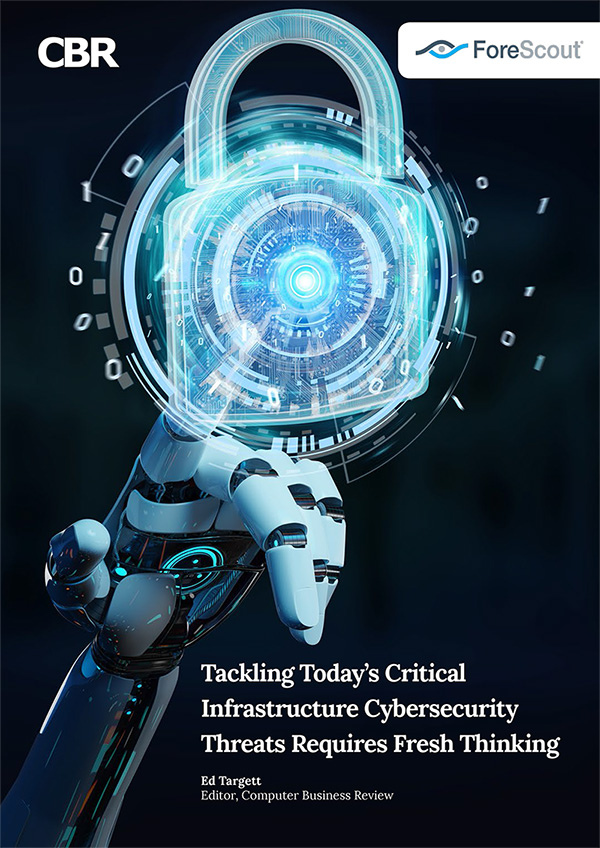
The convergence of IT and OT means traditional air gapping is no longer a security solution. Network segmentation and high levels of visibility across an increasingly diverse ecosystem are crucial for security and continuity amid a new cyber threat landscape.
Around the world, critical infrastructure is more connected to the Internet than ever. Data from a proliferation of increasingly affordable, connected and miniaturised sensors across industrial plants is helping to deliver predictive maintenance, optimise operations, and reduce downtime. Extended reality is being used to guide engineers remotely through repairs and upgrades, while the operational data of everything from gas plants to airports is increasingly being used to create “digital twins.” These virtual siblings of physical infrastructure allow the use of simulation processes that can optimise production and spot potential issues through programmable logic controller (PLC) code generation and virtual commissioning.
The rise of this “Industrial Internet of Things” (IIoT) has broken the rules of traditional, mainly physically and functionally separated network system architectures, as recommended by the Purdue Enterprise Reference Architecture (PERA) since the 1990s. A growing number of endpoint devices now connect directly to the Internet, either individually or as part of an IIoT

